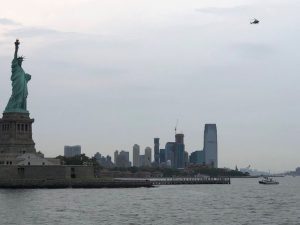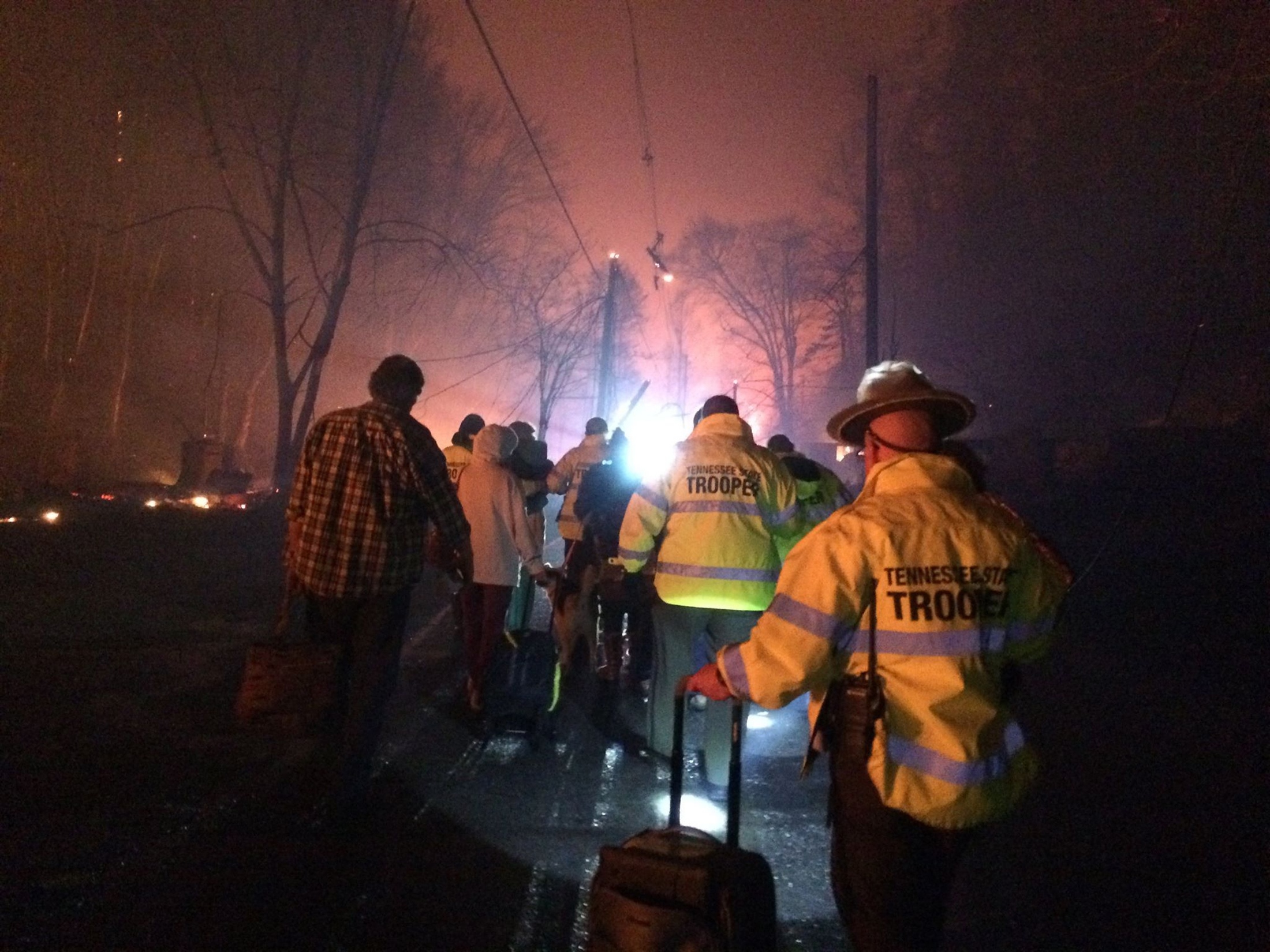
By Gabriella Borter
(Reuters) – Washington hotels have cleared out entire floors. Restaurants have considered taking out loans to stay open. Phones have stopped ringing at tour companies.
In the nation’s capital, where more than 20 million tourists typically visit each year, the longest government shutdown in U.S. history has threatened businesses that depend on the patronage of government workers and the attraction of federal monuments and museums to bring in tourists.
“It definitely feels like the phone should be ringing more,” said Adam Plescia, owner of Custom Tours of DC. “I think people are apprehensive about booking in the near future.”
January is typically a slow month for DC tourism, a lull between the holiday season and the March cherry blossom festival.
But the quiet is deafening this year, as the government shutdown pushes into its 26th day over U.S. President Donald Trump’s demand for $5.7 billion to build a wall along the U.S.-Mexican border.
All 17 Smithsonian museums in the city are closed. The White House is closed to tourists. The outdoor monuments on the National Mall, while still accessible, might have less appeal among the overflowing trash cans and litter that the National Parks Service has not collected since being furloughed.
Yohannes Zekele, who operates van and walking tours of the city as the owner of Washington DC Legend Tours, said he has not received calls for tour bookings in days. He often gives tours to lobbyists or professionals who visit the capital for conferences, but those people have few reasons to visit while many federal agencies remain shuttered.
“That’s a major impact,” Zekele said.
To be sure, the shutdown failed to keep all tourists away but at least some of those who came to the capital were disappointed.
Sharmayne Whitter, 38, a teacher from Birmingham, England, braved the winter weather to take a photo with a friend outside the White House. Washington was the last stop on a four-week road trip along the East Coast that was planned before she found out about the shutdown. Whitter said she blames Trump for the missed sightseeing opportunities.
This a once in a lifetime opportunity, so he’s kind of limited our chances to experience America as it should be and the beautiful land that it is. So because of his choices, he’s kind of spoiling it for the rest of the world. she said. Local restaurants have seen a “drastic decline” in business due to fewer tourists and furloughed workers choosing not to dine out, according to Kathy Hollinger, President and CEO of the Restaurant Association of Metropolitan Washington.
“In attempts to not shutter completely, restaurants have had to reduce hours, shifts, and some are considering being open one less day a week, because there isn’t enough business,” Hollinger said in a statement.
The local restaurant community had suffered an average 20 percent drop in sales over the course of the shutdown, with some restaurants reporting a drop of as much as 60 percent drop, Hollinger said.
Some restaurant institutions have considered taking out loans and some hotels have had to clear out entire floors, according to a survey conducted by the Restaurant Association.
Hotel occupancy was down more than 8 percent the week of Dec. 30 to Jan. 5 compared with the same week last year, according to the most recent findings by Destination DC, an independent tourism marketing organization.
Destination DC compiles visitation statistics annually, so it is too soon to measure how much the shutdown has affected the local tourism industry, Destination DC spokeswoman Danielle Davis said.
In 2017, 22.8 million tourists visited the city and spent $7.5 billion.
(Reporting by Gabriella Borter in New York; Additional reporting by Katharine Jackson; Editing by Frank McGurty and Susan Thomas)



